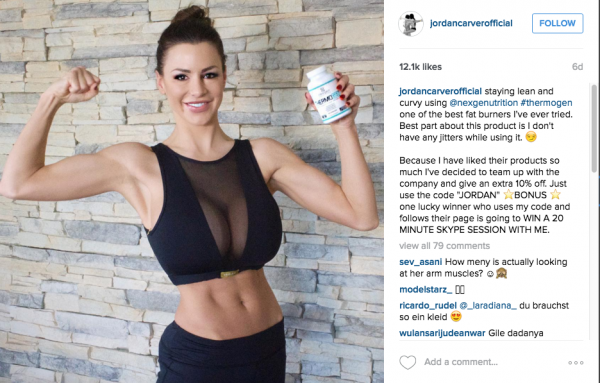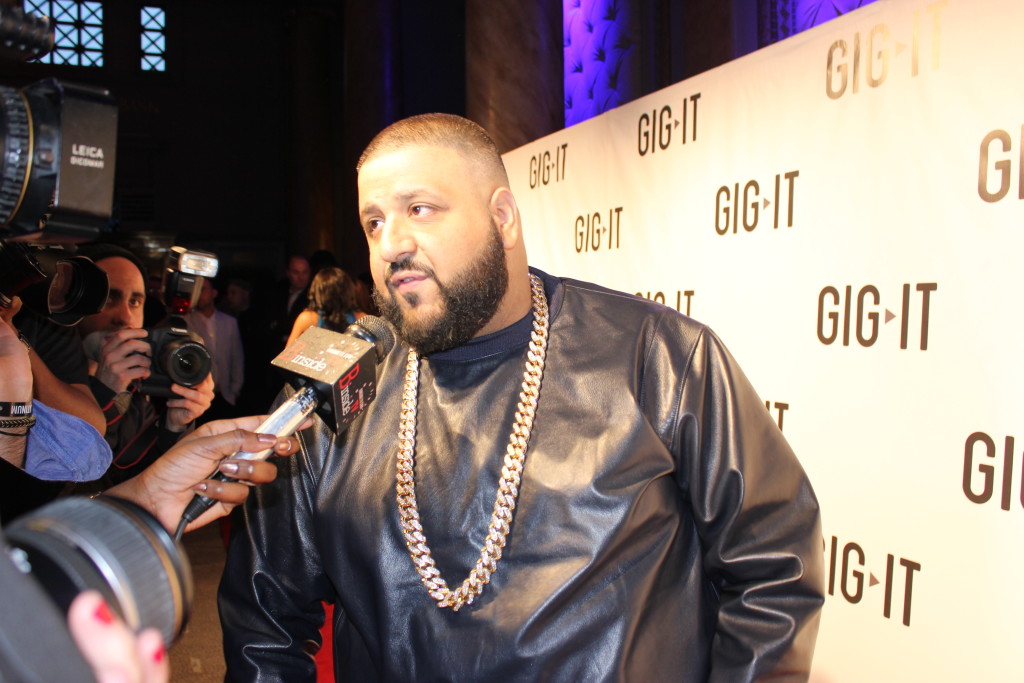Year-end lists are hitting the Internet like the bubonic plague, and no, we’re not immune to it either. With that disclaimer out of the way, lets unpack three of the year’s biggest darlings that were a major key to success for marketers.
Snapchat
Editor’s note: Do you sing Akon’s “Smack That” every time you read “Snapchat,” too? We’re asking for a friend.
If we were to hand out high school yearbook-like awards, Snapchat would win “most likely to succeed” honors. The social media darling experienced explosive growth in 2015 thanks to in large part to leveraging the 6 billion daily views of its temporary videos.
Although the launch of video apps like Meerkat and Periscope made big waves within the industry, Snapchat separated itself from the pack and likely has the most staying power. Social media platforms like Vine still churn out celebrities in six-seconds or less, and even though they’re trying to reinvent themselves in some ways, the platform is beginning to look antiquated.
Brands on Snapchat have been able to blitz through social’s walls and engage directly with their consumers — hello Star Wars. Already estimated to be worth sixteen billion big ones, brands like Coca Cola are hiring influencers to advertise and build their audience through the platform.
Which brings us to …
Influencer marketing
The Influencer Orchestration Network has been exhaustively covering this burgeoning beat. From Microsoft using influencer marketing to launch their new Surface devices to Marriott using YouTuber Rachel Talbott for their A Different Everyday series, brands our constantly staying ahead of the curve by implementing new marketing tactics to reach customers. Vloggers, Instagrammers and the like have real world-wide reach and gravitas.

It resonates more when, say DJ Khaled offers life lessons — or the fitness model you get googly-eyed for starts shelling fat burners into your feed. You guessed: they’re influencers.
IONs already identified three marketing mistakes to avoid next year, so make sure you don’t make our hit list in December 2016:
1) Working only with the biggest influencers
2) Not taking influencers seriously
3) Using influencer marketing like a regular ad buy
Native advertising
Is it a sponsored post is it branded content Is it in an advertorial It’s probably all of it, but the correct buzzword is “native advertising,” and publishers and content creators are using it like a buzzsaw to cut through antediluvian methods of marketing.
Content budgets are rising — nearly half of forward-thinking marketing types are spending 20 percent more. Those who are implementing the strategy right are knocking it out of the park: Netflix, for one, formed a digital partnership with the Wall Street Journal to promote the bilingual chronicle of Colombian cocaine lord Pablo Escobar for the hit show Narcos. You can even “cut” the headline in the multimedia story. It’s campaigns like this that has the industry high on native ads.
Over the course of 2015, in addition to brands, publishers were big on native, too. The New York Times said it wanted to double digital revenue to $800 million while placing increased focus on native ads, BuzzFeed launched native video political advertising and The Atlantic revealed that people spend more than 4 minutes on its native ads.
Brands like Marriott and L’Oreal are operating fully staffed and functional content studios to ramp up original content efforts.
Incorporating best practices will only lead to better results — and that’s a New Year’s resolution everyone can subscribe to.

